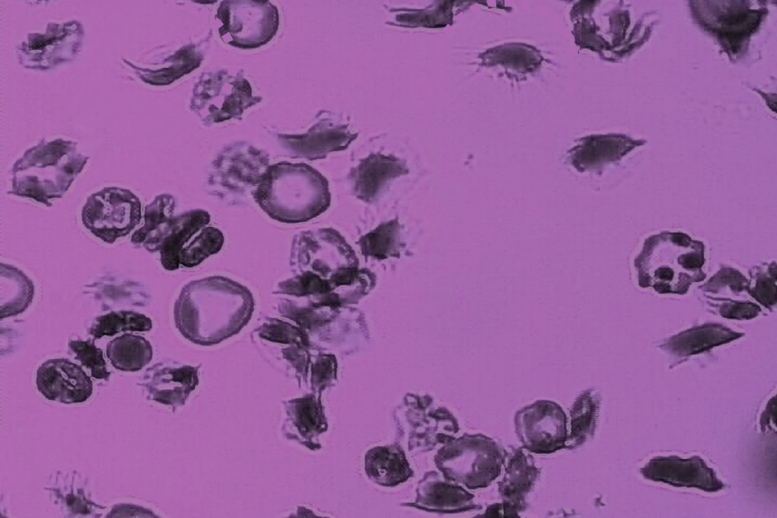

“Can COVID attack red blood cells – the most abundant cell in the human body – which has evolved specifically to transport oxygen?” “We asked the question: Can it be due to the cell that transports oxygen?” D’Alessandro said. The oxygen-saturation level of COVID patients, especially those with severe cases, was prone to dropping to dangerous levels, even below 90%. COVID attacks blood cells responsible for oxygen transport They wanted to see if small-molecule signatures existed in the blood, signaling viral infection as well as providing insight into some of COVID’s symptoms, such as respiratory and inflammatory distress. Amid the growing pandemic, they began examining blood in the context of coronavirus. “There wasn’t enough testing around at that time, so the doctors told me to stay home and load up on Dayquil and Mucinex,” he said of his early COVID-19 bout.Īlong with Columbia University researchers and colleagues in the lab of Kirk Hansen, PhD, director of proteomics at CU Anschutz, D’Alessandro had already started a study looking into how blood responds to stimuli, including intense exercise and other stressors. It lingered in his upper respiratory tract and re-flared in early fall in combination with the wildfire smoke.ĭ’Alessandro, director of the Metabolomics Core of the University of Colorado School of Medicine’s Department of Biochemistry and Molecular Genetics and CU Cancer Center member, is young, 36, and otherwise healthy and not considered a high-risk patient. SARS-CoV-2 left D’Alessandro, an associate professor, Boettcher investigator and metabolomics researcher, quite ill for a couple weeks in March. Little did he know, during a late-February trip in which he delivered two talks in New York City, he caught the virus that both defined 2020 and became a focus of his research into red blood cells’ response to stressors. Angelo D’Alessandro, PhD, flew around the country in January and February, giving lectures and conducting research.


 0 kommentar(er)
0 kommentar(er)
